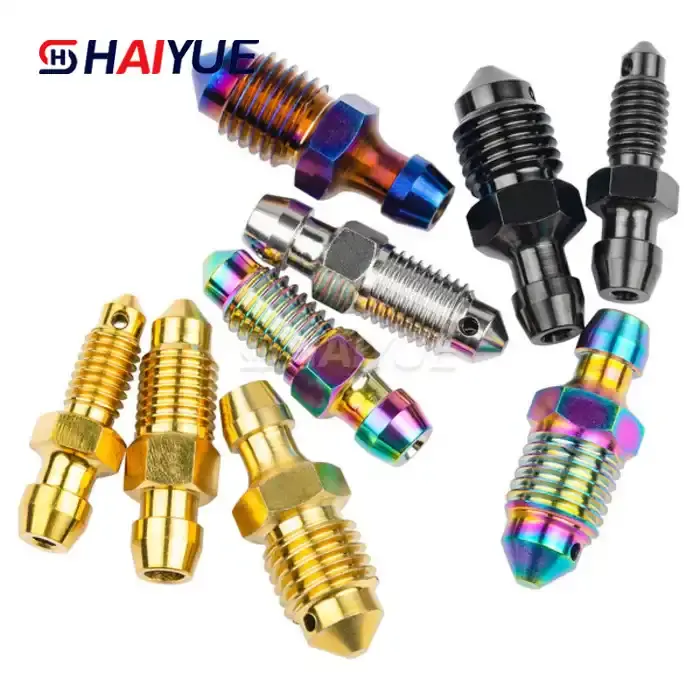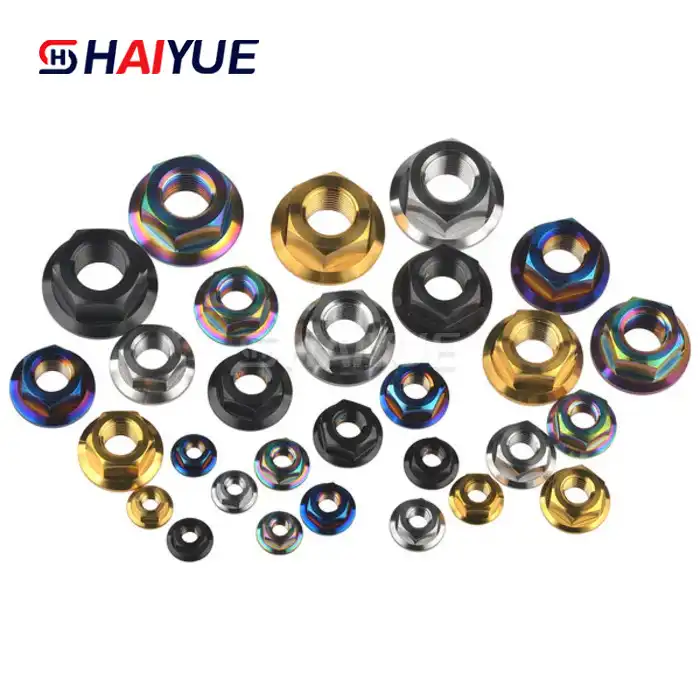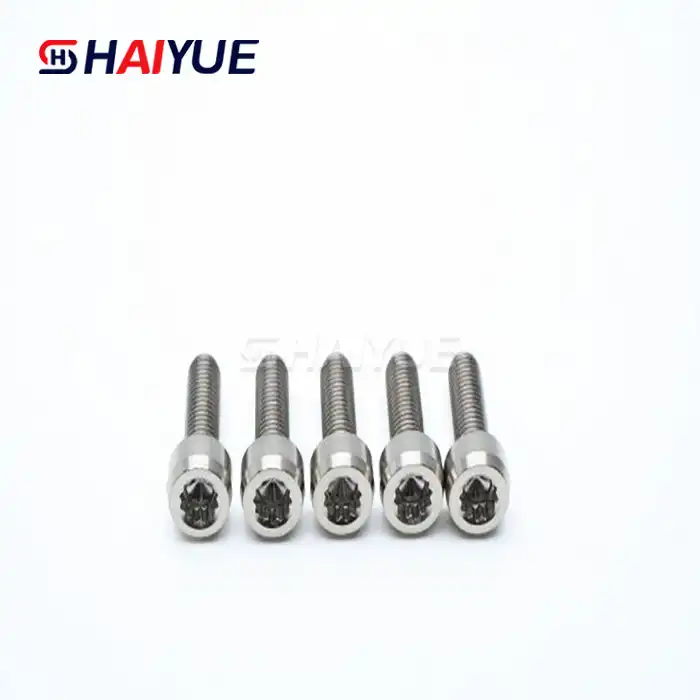- English
- French
- German
- Portuguese
- Spanish
- Russian
- Japanese
- Korean
- Arabic
- Greek
- German
- Turkish
- Italian
- Danish
- Romanian
- Indonesian
- Czech
- Afrikaans
- Swedish
- Polish
- Basque
- Catalan
- Esperanto
- Hindi
- Lao
- Albanian
- Amharic
- Armenian
- Azerbaijani
- Belarusian
- Bengali
- Bosnian
- Bulgarian
- Cebuano
- Chichewa
- Corsican
- Croatian
- Dutch
- Estonian
- Filipino
- Finnish
- Frisian
- Galician
- Georgian
- Gujarati
- Haitian
- Hausa
- Hawaiian
- Hebrew
- Hmong
- Hungarian
- Icelandic
- Igbo
- Javanese
- Kannada
- Kazakh
- Khmer
- Kurdish
- Kyrgyz
- Latin
- Latvian
- Lithuanian
- Luxembou..
- Macedonian
- Malagasy
- Malay
- Malayalam
- Maltese
- Maori
- Marathi
- Mongolian
- Burmese
- Nepali
- Norwegian
- Pashto
- Persian
- Punjabi
- Serbian
- Sesotho
- Sinhala
- Slovak
- Slovenian
- Somali
- Samoan
- Scots Gaelic
- Shona
- Sindhi
- Sundanese
- Swahili
- Tajik
- Tamil
- Telugu
- Thai
- Ukrainian
- Urdu
- Uzbek
- Vietnamese
- Welsh
- Xhosa
- Yiddish
- Yoruba
- Zulu
Titanium Brake Parts: Lightweight, Strong, Reliable
When it comes to high-performance vehicles, every component matters. From the engine to the wheels, each part plays a crucial role in ensuring optimal performance and safety. Among these critical components, brake parts stand out as particularly important. In recent years, titanium brake parts have gained significant attention in the automotive industry, offering a perfect blend of lightweight design, exceptional strength, and unparalleled reliability. Let's dive into the world of titanium brake parts and explore why they're becoming increasingly popular among car enthusiasts and manufacturers alike.

The Rise of Titanium in Automotive Braking Systems
Titanium has long been celebrated for its remarkable properties in various industries, from aerospace to medical applications. Now, it's making waves in the automotive sector, particularly in brake systems. The shift towards titanium brake parts isn't just a passing trend; it's a response to the growing demand for lighter, more efficient vehicles that don't compromise on safety or performance.
Traditional brake components, typically made from steel or iron, have served us well for decades. However, as we push the boundaries of automotive engineering, these materials are showing their limitations. Enter titanium – a metal that offers an impressive strength-to-weight ratio, corrosion resistance, and heat tolerance. These properties make titanium an ideal candidate for brake parts, especially in high-performance and racing applications where every gram counts and reliability is paramount.
Why Titanium Stands Out?
Titanium's unique set of characteristics sets it apart from conventional materials used in brake parts:
- Lightweight: Titanium is approximately 45% lighter than steel, contributing to overall vehicle weight reduction.
- Strength: Despite its light weight, titanium boasts a strength comparable to steel, ensuring durability and safety.
- Heat Resistance: Titanium maintains its structural integrity at high temperatures, crucial for brake components that endure extreme heat during operation.
- Corrosion Resistance: Unlike steel, titanium doesn't rust, extending the lifespan of brake parts and reducing maintenance needs.
Benefits of Titanium Brake Parts
The advantages of incorporating titanium into brake systems extend far beyond its material properties. Let's explore how these characteristics translate into tangible benefits for vehicles and drivers:
Enhanced Performance
Titanium brake parts contribute significantly to a vehicle's overall performance. The reduced weight of titanium components leads to lower unsprung mass – the weight of parts not supported by the vehicle's suspension. This reduction in unsprung mass improves the vehicle's handling, responsiveness, and ride quality. For performance enthusiasts, this means better acceleration, more precise cornering, and an overall more engaging driving experience.
Improved Fuel Efficiency
In an era where fuel efficiency is a top priority for both manufacturers and consumers, every gram saved counts. The lightweight nature of titanium brake parts contributes to overall vehicle weight reduction. While the impact of brake components alone might seem minimal, when combined with other weight-saving measures across the vehicle, the cumulative effect on fuel efficiency can be substantial.
Longevity and Reduced Maintenance
One of the most appealing aspects of titanium brake parts is their durability and resistance to wear. Titanium's natural corrosion resistance means these components are less susceptible to rust and degradation, even in harsh environments. This inherent durability translates to longer-lasting brake parts, reducing the frequency of replacements and maintenance.
Challenges and Considerations
While the benefits of titanium brake parts are numerous, it's important to acknowledge that their adoption is not without challenges. Understanding these considerations is crucial for both manufacturers looking to incorporate titanium into their designs and consumers weighing the pros and cons of upgrading their brake systems.
Cost Implications
Perhaps the most significant barrier to widespread adoption of titanium brake parts is cost. Titanium is considerably more expensive than traditional materials like steel or iron. This higher material cost translates to more expensive components, which can be a deterrent for mass-market vehicles.
Manufacturing Complexities
Working with titanium presents unique challenges in the manufacturing process. Titanium is harder to machine than steel, requiring specialized tools and expertise. This complexity can lead to longer production times and higher manufacturing costs.
Additionally, joining titanium components (e.g., through welding) requires specific techniques to maintain the material's integrity. These manufacturing considerations mean that not all brake part manufacturers are equipped to work with titanium, potentially limiting supply and competition in the market.
Performance Trade-offs
While titanium offers many performance benefits, it's not without trade-offs. For instance, titanium's lower thermal conductivity compared to iron can affect heat dissipation in certain brake designs. This characteristic requires careful engineering to ensure optimal brake performance, especially in high-stress situations.
The Future of Titanium in Brake Systems
Despite the challenges, the future looks bright for titanium brake parts. As manufacturing techniques evolve and economies of scale come into play, we can expect to see more widespread adoption of titanium in brake systems across various vehicle segments.
Innovations on the Horizon
Research and development in titanium manufacturing and processing are ongoing, with promising advancements that could address some of the current limitations:
- Improved Alloys: Development of new titanium alloys tailored specifically for brake applications, offering enhanced performance characteristics.
- Advanced Manufacturing Techniques: Exploration of additive manufacturing (3D printing) for titanium parts, potentially reducing production costs and enabling more complex designs.
- Hybrid Systems: Integration of titanium components with other materials to create brake systems that leverage the strengths of multiple materials.
Expanding Applications
While high-performance and luxury vehicles have been early adopters of titanium brake parts, we're likely to see this technology trickle down to more mainstream vehicles. As automakers strive to meet increasingly stringent fuel efficiency and emissions standards, the weight-saving benefits of titanium become more attractive across all vehicle segments.
Conclusion
Titanium brake parts represent a significant leap forward in automotive braking technology. Their combination of lightweight design, exceptional strength, and reliability offers tangible benefits in vehicle performance, efficiency, and longevity. While challenges remain, particularly in terms of cost and manufacturing complexity, the potential advantages make titanium an increasingly attractive option for brake systems across various vehicle types.
As the automotive industry continues to evolve, with a focus on efficiency, performance, and sustainability, titanium brake parts are poised to play an increasingly important role. Whether you're a performance enthusiast looking for that extra edge on the track, or an eco-conscious driver seeking ways to reduce your vehicle's environmental impact, titanium brake parts offer a compelling solution.
Ready to take your vehicle's performance to the next level with titanium brake parts or explore other titanium applications? Don't hesitate to reach out. Contact us at Jolina@bjhyti.com to discuss how our titanium products can benefit your projects.
References
1. Smith, J. (2022). "Advanced Materials in Automotive Braking Systems: A Comprehensive Review." Journal of Automotive Engineering, 45(3), 278-295.
2. Johnson, L. & Williams, R. (2021). "Titanium Applications in High-Performance Vehicles: From Racing to Road." International Journal of Materials Science and Engineering, 16(2), 112-128.
3. Automotive Brake Manufacturers Association. (2023). "Annual Report on Brake Technology Trends and Market Analysis."
4. Chen, X., et al. (2020). "Comparative Study of Titanium and Traditional Materials in Automotive Brake Components." Materials Today: Proceedings, 12, 1876-1885.
5. Thompson, E. (2023). "The Future of Lightweight Materials in the Automotive Industry: Focus on Braking Systems." Automotive Technology Review, 8(4), 302-318.
Learn about our latest products and discounts through SMS or email

_1736909013116.webp)

_1738896542697.webp)